Photos: The Orchids of Latin America

Orchids of Latin America
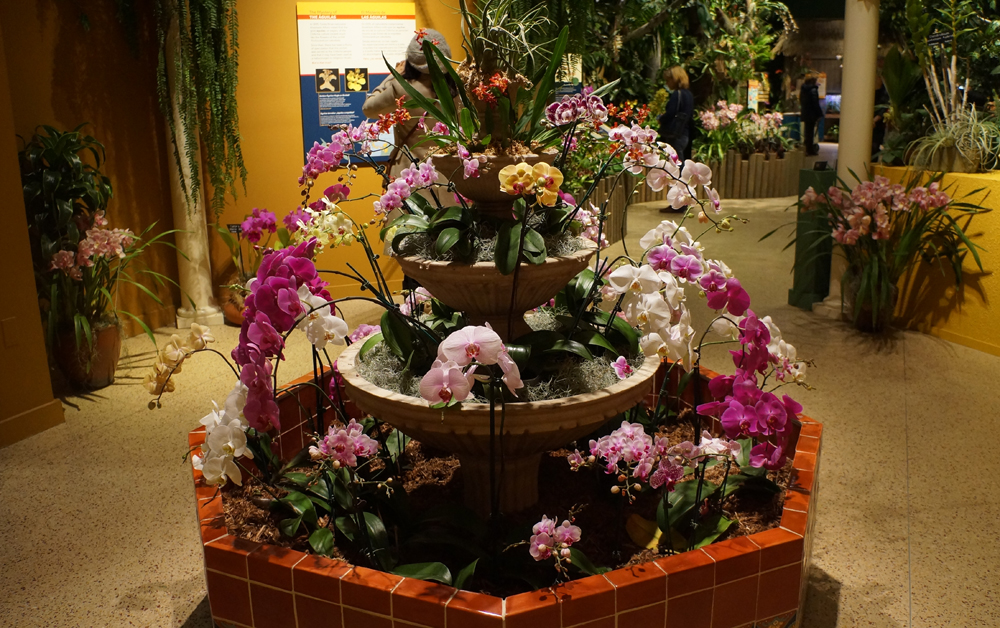
Providing a small respite from the cold, dreary winter, a new exhibition at the National Museum of Natural History in Washington, D.C., presents the orchids of Latin America at their finest. On display are a stunning variety of these prized flowers these are not your standard grocery store orchids.
While the Smithsonian exhibition only features plants that can withstand a non-climate controlled, somewhat harsh environment, other orchids are adapted to a wide and varied number of habitats. So far, more than 25,000 species of the flower have been discovered around the world.
A Walk Through Latin America

The exhibit puts hundreds of flowers on display every day. While orchid expert and exhibition coordinator Tom Mirenda would prefer to have a climate-controlled environment for the orchids (which are accustomed to warm, humid weather), the exhibit is set up on the ground floor of the museum.
Orchids are Ancient
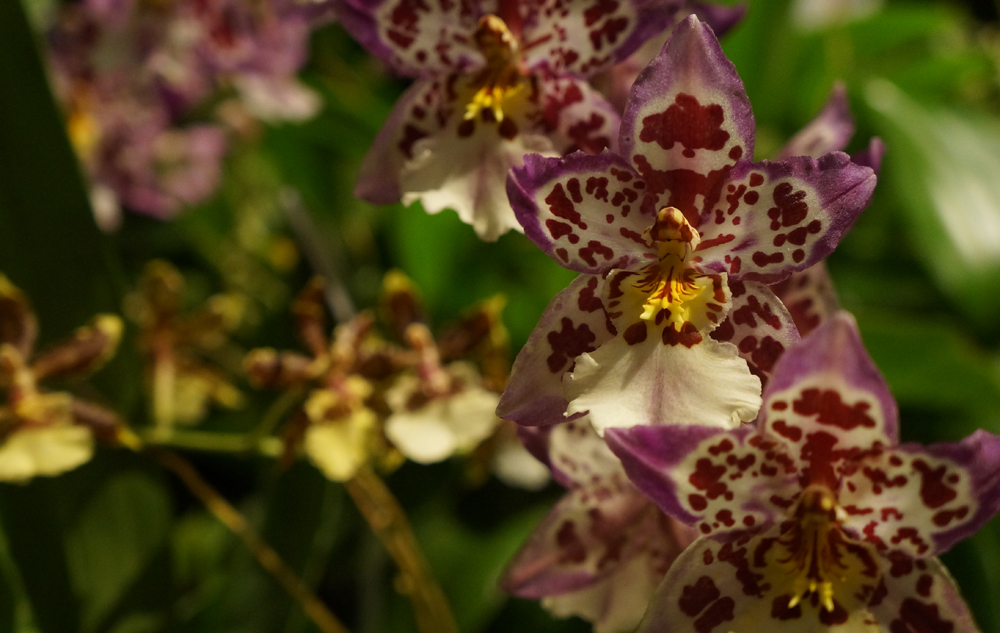
Not only are the plants widespread, they are also old. Fossilized orchid pollen was found on the back of a bee encased in amber that dates back to 15 or 20 million years ago. However, some experts think that orchid genus dates back to 120 million years ago, before the continents split into their current form.
Vanilla is an Orchid
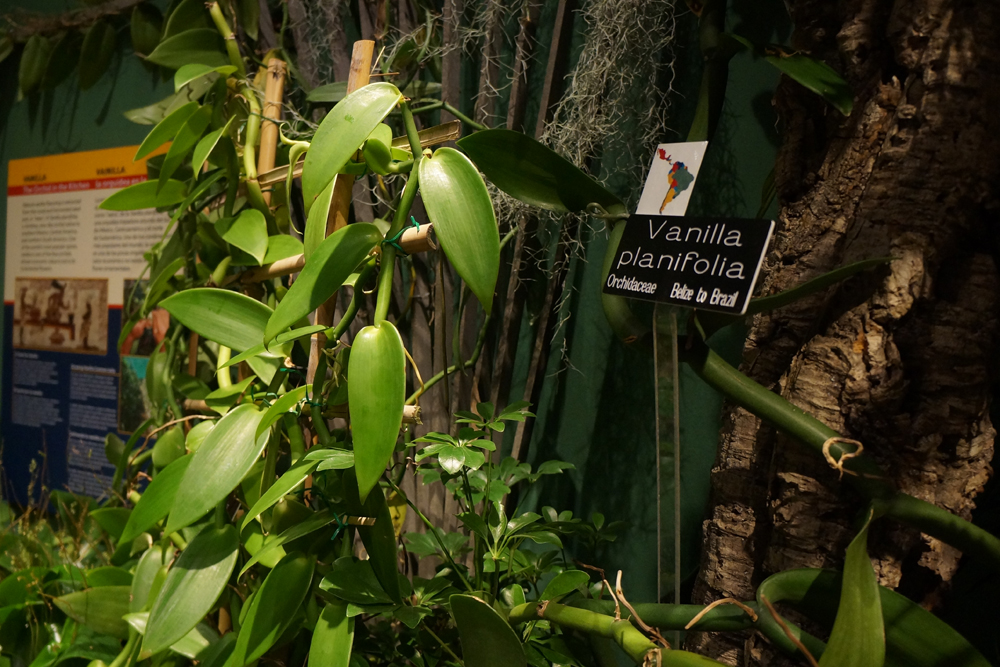
Vanilla is one of the most widespread and oldest species of orchids. Only one species of vanilla is used for flavoring, but scientists have found about 109 other species of the plant. They hail from Latin America, parts of Africa and other areas of the world.
Hybridized Orchids Have Travelled the Earth

Horticulture enthusiasts around the world cross pollinate species of orchid to create never-before-seen versions of the flowers that would probably never occur naturally. Orchids are one of the most prolific species of plants in existence because people have transported them all over the planet, Mirenda said.
Cultivating Orchids
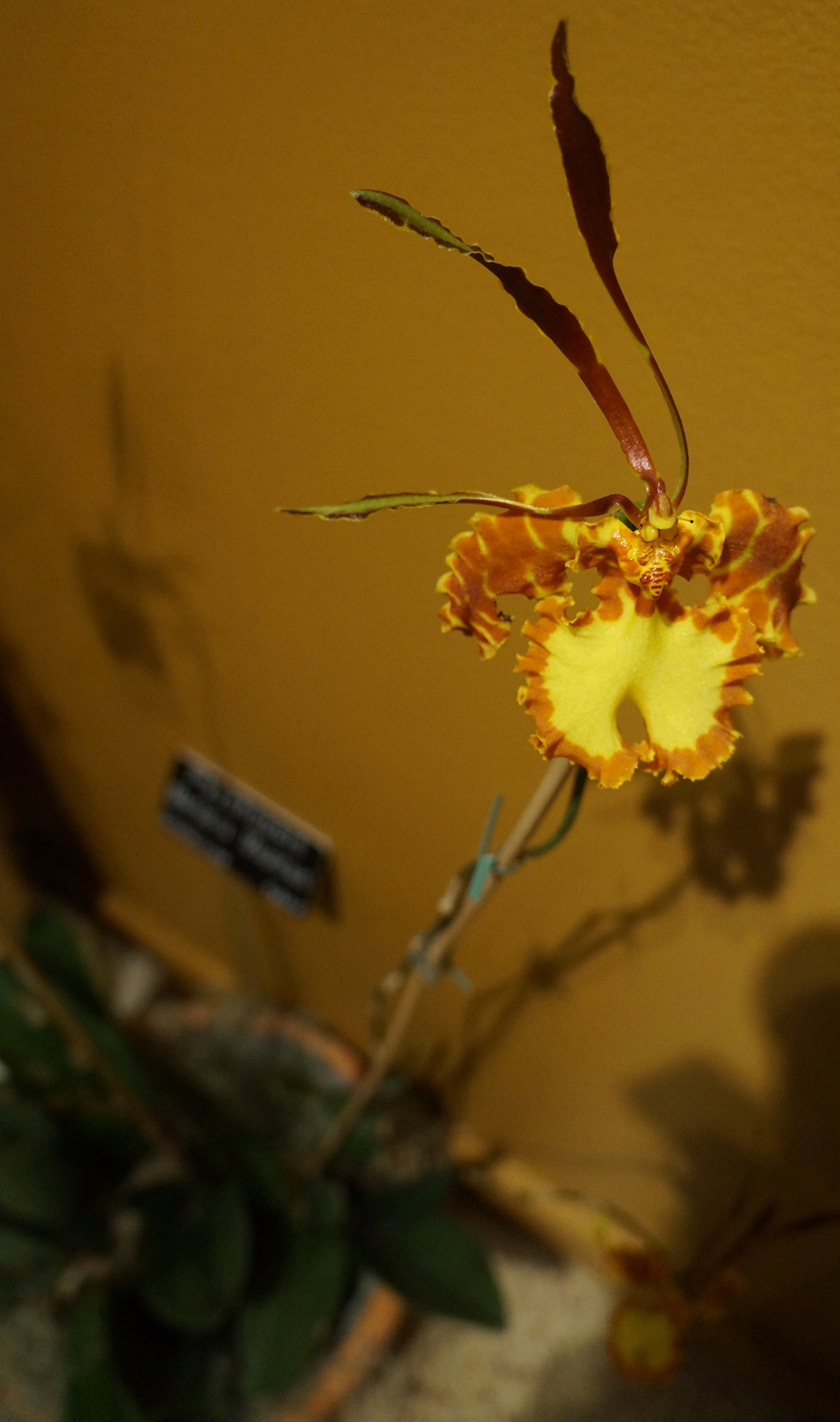
Orchids would never be as widespread as they are today if it weren't for humans, Mirenda said. Unwittingly, orchids have "tricked" humans into cultivating and sending them around the world. Because they are pleasing to the eye, horticulturalists have grown orchids around the world for hundreds of years, allowing the plants to hybridize and find themselves in new environments. [How to Care for Orchid Plants]
Symmetry Makes the Difference

One of the easiest ways to tell an orchid apart from other plants is by the flower's symmetry. Like a human face, the orchid is bilaterally symmetrical, meaning that if you draw a vertical line from the top of the flower to the bottom, it will look the same on both sides of the line. This isn't true if you draw a horizontal line through the orchid, however.
Get the world’s most fascinating discoveries delivered straight to your inbox.
Orchids Trick Insects into Pollinating
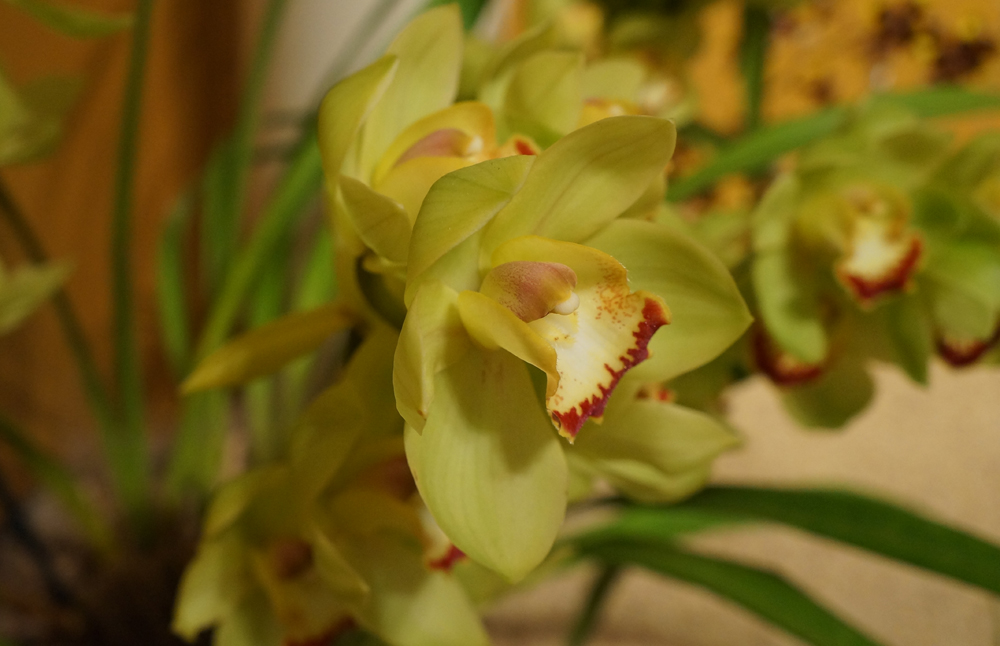
Some orchids use what is called pseudo-copulation as a form of pollination. The inside of the flower resembles an insect's reproductive organs, Mirenda said. That insect is attracted to the orchid and therefore attempts to mate with it. Once the insect realizes it has been fooled, Mirenda added, it flies away, moving on to pollinate the next orchid it comes into contact with.
Similar But Different

Scientists have found evidence that two orchid species whose natural habitats are thousands of miles apart are actually closely related, suggesting that the plants probably had a common ancestor. Two populations of that ancestor could have been separated and eventually evolved into two different species because of their location.



